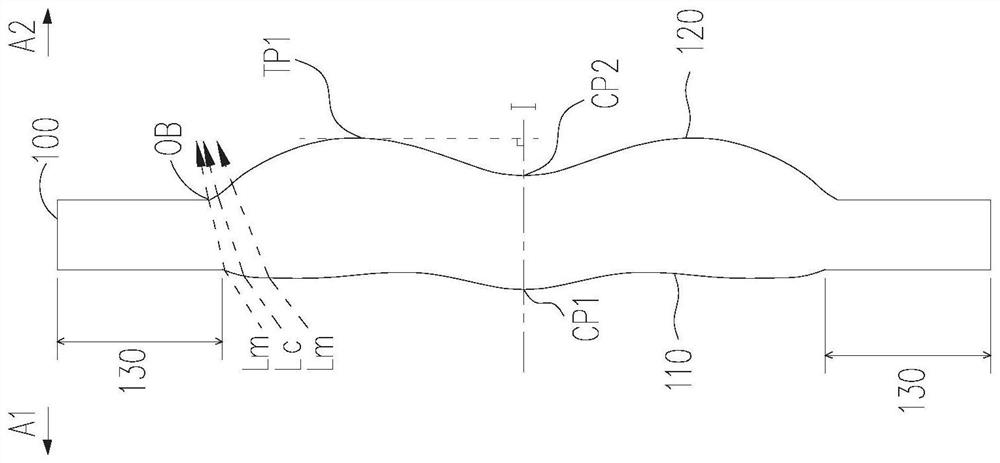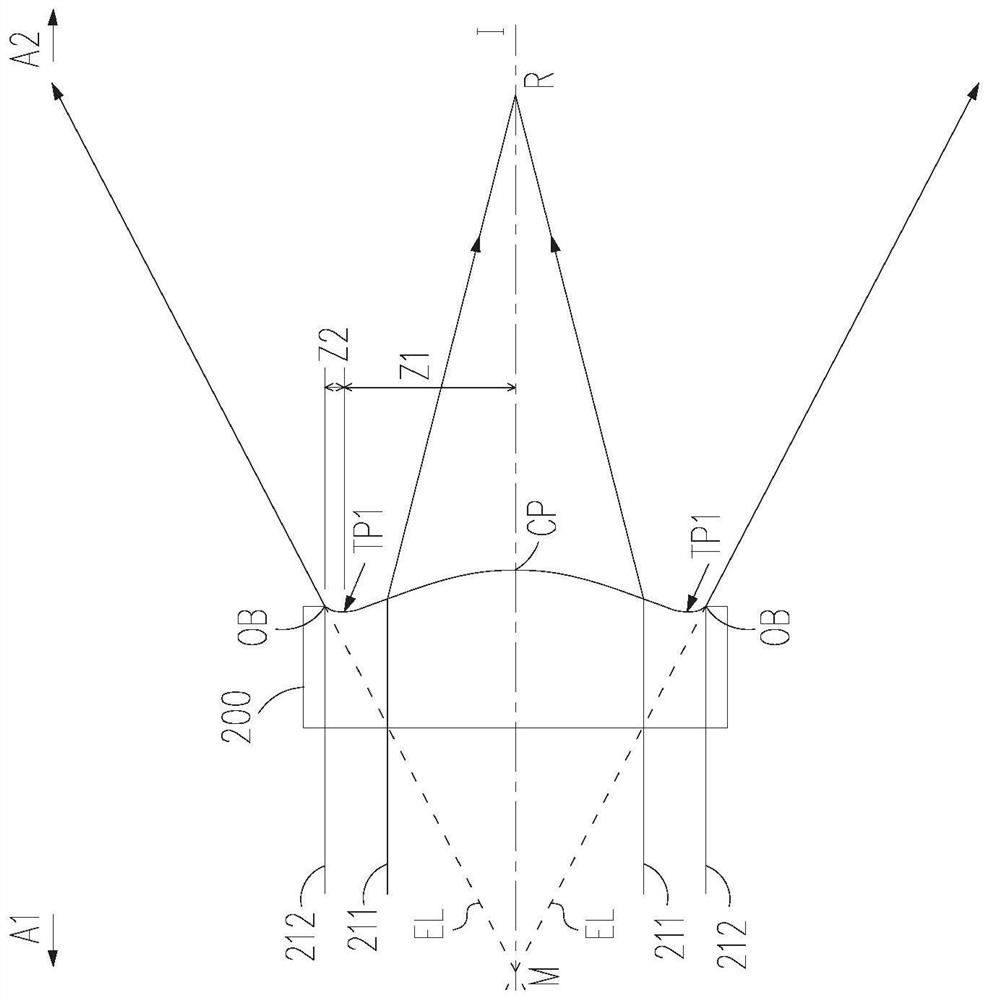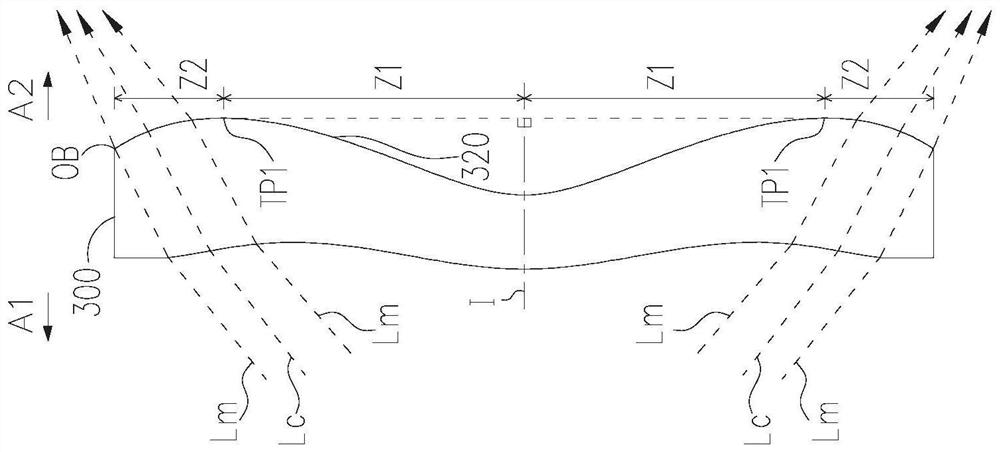Optical imaging lens
An optical imaging lens and imaging technology, applied in optics, optical components, instruments, etc.
- Summary
- Abstract
- Description
- Claims
- Application Information
AI Technical Summary
Problems solved by technology
Method used
Image
Examples
no. 1 example
[0112] see Figure 6 , illustrating the first embodiment of the optical imaging lens 1 of the present invention. For the longitudinal spherical aberration (longitudinal spherical aberration) on the imaging surface 91 of the first embodiment, please refer to Figure 7 For A, the field curvature aberration in the sagittal direction, please refer to Figure 7 B, field curvature aberration in the meridian direction, please refer to Figure 7 C, and distortion aberration (distortion aberration), please refer to Figure 7 D. The Y-axis of each spherical aberration diagram in all embodiments represents the field of view, and its highest point is 1.0. The Y-axis of each aberration diagram and distortion diagram in the embodiments represents the image height. The image height of the first embodiment (Image Height, ImgH) was 0.144 mm.
[0113] The optical imaging lens 1 of the first embodiment is mainly composed of four lenses with refractive power, an aperture 80 , and an imaging ...
no. 2 example
[0123] see Figure 8 , illustrating the second embodiment of the optical imaging lens 1 of the present invention. Please note that starting from the second embodiment, in order to simplify and clearly express the drawings, only the optical axis area and the circumferential area of each lens that are different from the first embodiment are specially marked on the figure, while the rest are the same as those of the first embodiment. The optical axis area and the circumferential area of the same surface shape of the lens, such as concave or convex, are not marked separately. For the longitudinal spherical aberration on the imaging plane 91 of the second embodiment, please refer to Figure 9 A, field curvature aberration in the sagittal direction, please refer to Figure 9 B, field curvature aberration in the meridional direction, please refer to Figure 9 For C, distortion aberration, please refer to Figure 9 D. The design of the second embodiment is similar to that of ...
no. 3 example
[0126] see Figure 10 , illustrating the third embodiment of the optical imaging lens 1 of the present invention. For the longitudinal spherical aberration on the imaging surface 91 of the third embodiment, please refer to Figure 11 A, field curvature aberration in the sagittal direction, please refer to Figure 11 B, field curvature aberration in the meridional direction, please refer to Figure 11 For C, distortion aberration, please refer to Figure 11 D. The design of the third embodiment is similar to that of the first embodiment, except that related parameters such as lens refractive power, lens curvature radius, lens thickness, lens aspheric coefficient, or back focus are different. In addition, in this embodiment, the circumferential area 14 of the object side 11 of the first lens 10 is a convex surface, the optical axis area 33 of the object side 31 of the third lens 30 is a convex surface, and the circumferential area 44 of the object side 41 of the fourth lens ...
PUM
 Login to View More
Login to View More Abstract
Description
Claims
Application Information
 Login to View More
Login to View More - R&D
- Intellectual Property
- Life Sciences
- Materials
- Tech Scout
- Unparalleled Data Quality
- Higher Quality Content
- 60% Fewer Hallucinations
Browse by: Latest US Patents, China's latest patents, Technical Efficacy Thesaurus, Application Domain, Technology Topic, Popular Technical Reports.
© 2025 PatSnap. All rights reserved.Legal|Privacy policy|Modern Slavery Act Transparency Statement|Sitemap|About US| Contact US: help@patsnap.com



